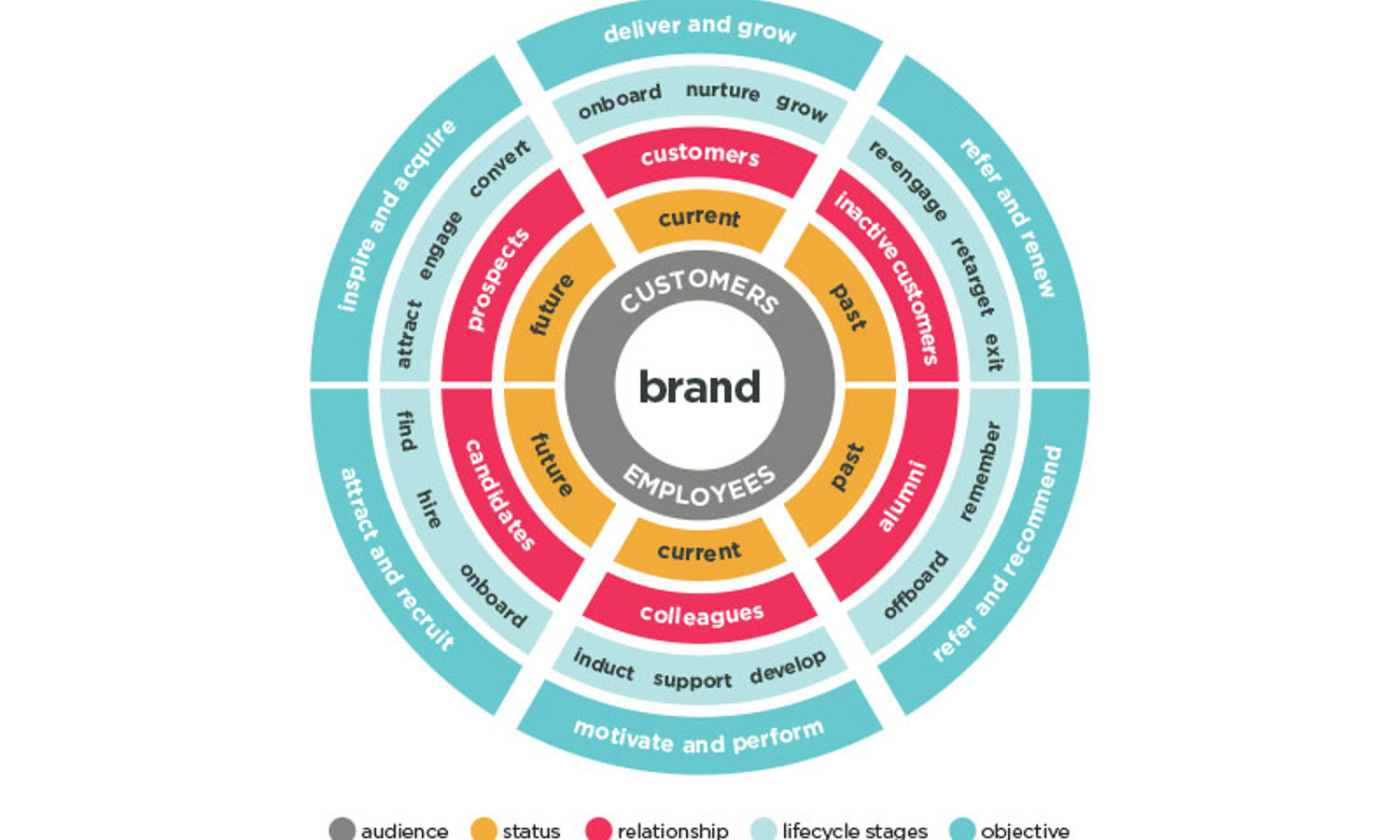What are Employee Archetypes?
Where you have different types of employees that are likely to have a different experience, then it is important to understand their different needs, wants and pains. Many organisations create ‘Employee Personas’ and map the journey for each persona separately.
Instead of using these, however, we use ‘Employee Archetypes’, and we’ll explain why.
Personas are fine in Customer Experience (CX) where you may not have a deep understanding of your customers, and any attempt at ‘humanising’ them is useful. You should already know a lot about your employees, and should strive to have a deeper understanding of their mindsets, their behaviours, their values, and their motivations. In our experience, personas typically don’t support efforts around diversity and inclusion and empathy, as fixed characters are created with a name and a face – e.g. Brian the Gas Engineer who is a white male, aged 45.
If we take the example of an organisation that has both head office workers and remote field workers, then it is important to identify these as different archetypes, as they will have different employee experiences and different objectives and challenges. If the field-based workers included, for example, care workers and maintenance engineers, then we would again represent these with different archetypes. In this case we might end up with: The carer, The fixer, The seller etc..

The idea of creating an archetype is to humanise different types of employees to help us better understand the audience we are looking to affect. Things to consider include:
- What are their goals, needs, and expectations?
- What are their challenges and frustrations?
- What are their values?
- What are their behaviours?
- What is their mindset?
- What are their motivations?
After all, it’s about the people, stupid! We can then use these archetypes to inform our other activities, such as journey mapping to achieve a level of detail that is not possible when we treat all employees as a single group. Archetypes allow us to personalise the Employee Experience to achieve the best possible results.
Do get in touch with us if you’d like to know more about how to define Employee Archetypes.
For more on Employee Experience frameworks, view this page.


